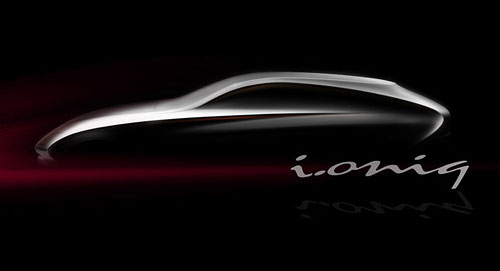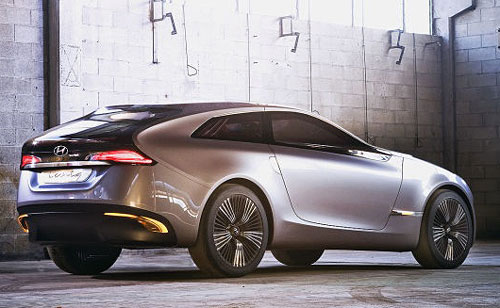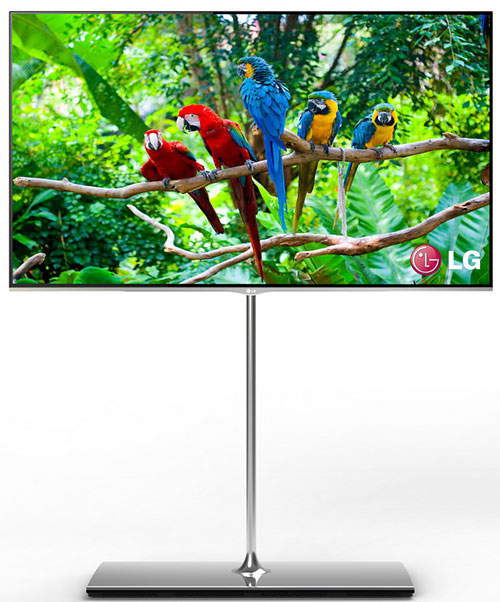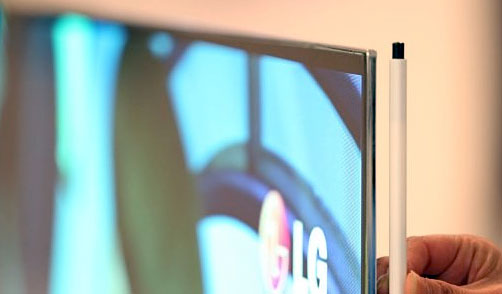
Hyundai i-oniq Concept is a RWD Electric Coupe with a Range Extender Petrol Engine
Hyundai has rolled out a teaser sketch of a new concept car named 'i-oniq' that will be revealed in a world premiere at the 2012 Geneva Motor Show in March.
Designed and developed at the company’s European R&D centre in Rüsselsheim, Germany, the i-oniq concept is said to preview the next evolution of Hyundai's ‘fluidic sculpture’ form language, which is featured on the brand's recent production models like the Sonata, the i40 and the Veloster. 
Thomas Bürkle, Hyundai’s European Chief Designer described the new design language thusly: “Two strong arched curves define the silhouette of i-oniq, creating a playful contrast between the sharp character lines and soft but muscular features.”
The concept study represents an impression of the company’s future, both in terms of styling, as it further evolves Hyundai's ‘fluidic sculpture’ design language, and in terms of technology.
"The i-oniq concept has been created to reflect the new thinking that runs through the Hyundai brand," says Senior Vice President and COO of Hyundai Motor Europe, Allan Rushforth. 
"It has a bold design, inside and out, that provokes contemplation on the future of automotive possibilities, and a powertrain that highlights one of the ways in which we could power future products – wrapped in a package that exudes premium qualities," he added.
Styling features such as the gentle lines and more muscular surface treatment as well as the design of the grille and LED headlights are expected to inspire the next generation of Hyundai models. 
Under the skin, 4.4-meter long i-oniq sports a 1.0-litre 3-cylinder petrol engine mated via a generator to a lithium ion electric motor, which delivers an output of 109PS or 108bhp.
The Korean company states that in electric-only mode, the i-oniq has a driving range of 120 km (75 miles), while when the petrol engine kicks in to help, it can travel up to 700 km (435 miles) emitting just 45 g/km of CO2 in the process.












